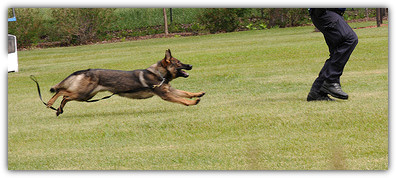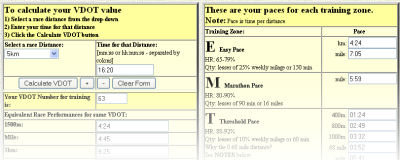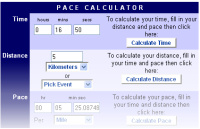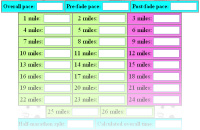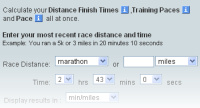
You may wonder why I would write a post on car etiquette unless you’ve had some run-ins of your own with cars when running. I’ve had the unfortunate experiences of running and having cars (people in cars) doing stupid or dangerous things to me and around me while running. I guess it just comes with the territory if you’re running everyday on the roads in busy areas.
So here are my top 5 etiquette rules all automobile drivers should follow in order to make it a safer place for runners and drivers alike. And yes, I have actually experience each and everyone of these happening to me. So I have reality with why these rules should be followed.
- Don’t throw things out the window intentionally or unintentionally while you’re around people running on or near the road. Yes, I’ve actually had people throw things out the window intentionally at me while I was running - not fun.
- Do not swerve intentionally or unintentionally in the direction of someone running near or on the road. It’s just bad taste to swerve, even for fun at a runner. Think of it this way, how you would like it if you’re doing a working, concentrating on running at a certain speed and time and then all of a sudden someone pulls their car, swerving at you. It’s distracting and pulls your attention off what you’re trying to do. Besides the fact you could actually hit the person. So please do not do this.
- Understand runners may be running on the road and will be running facing you. This is the correct way by law to run on the road. That means runners will be on the left hand side of the road running towards your vehicle while your driving head-on towards them. This allows both parties to see each other thus in theory making it safer. I honestly have had people yell at me for running this correct way. I can’t understand how these people passed their driver’s test when they think I’m in the wrong for running facing them on the left hand side of the road.
- Before pulling out of any parking lot, place of business, side street or taking a left or right hand turn look not just for cars on the road but people running on sidewalks, people in crosswalks who may be in your path. Yield to these people. Sadly I have been hit twice by people pulling out of parking lots not looking if someone was running on the sidewalk to the left or right of their car. Drivers please be more aware!
- Don’t yell things out the window at runners. I don’t understand the fascination with yelling at runners while you pass them in your car. There is no need to be childish. We are not impressed with you since you can yell obscenities at me while I’m doing my workout. It just makes me think you are incapable of running and therefore jealous of me and have to lash out since you can’t run. It just makes you look stupid.
- Don’t puff cigarettes intentionally out your window in the direction of a runner or throw them at runners. There is no need for this. We know you are unhealthy and don’t want other to be healthy so you do this intentionally to make a point. It’s really childish and should just not be done.
- Don’t flash or reveal private parts to runners passing by in your car. Yes, again I have had this happen to me several times. Really I’m faltered that you would do that but please I don’t need to see that while I’m trying to do a workout. It actually does not produce the effect your looking for. I’m actually discussed with you when you do this.
- Don’t stop or slow your car down in a way as to make it look like you’re going to give us a ride. We don’t want a ride, we are doing a workout and wish to not be disturbed.
- If we are running fast, speed-workout or seem to be really concentrating on running please don’t pull you’re car up beside us and try to talk to us or ask for directions. I can understand if we look like we are just out for a jog or running and seem like we could talk but many times we are concentrating on running and you pulling your car up beside us is distracting and pulls us off our pace. Just use good judgment as to if it would be okay to talk to a runner.
- If there is a race going on, get your car out of the race way. It’s extremely rude to leave your car parked or be driving on the same part of the road which is blocked off for a race and it’s extremely dangerous. Just to drive this point home, I’ve even had a co-worker do this to me and others in a race once. Then at work he was bragging about how he did this until he found out I was in the race and was not happy about what happened. Then he realized what he had done. So don’t do it I know you would not do it to a friend.
- Don’t do anything you would not want done to you when you’re running - whether you are a runner or not.


